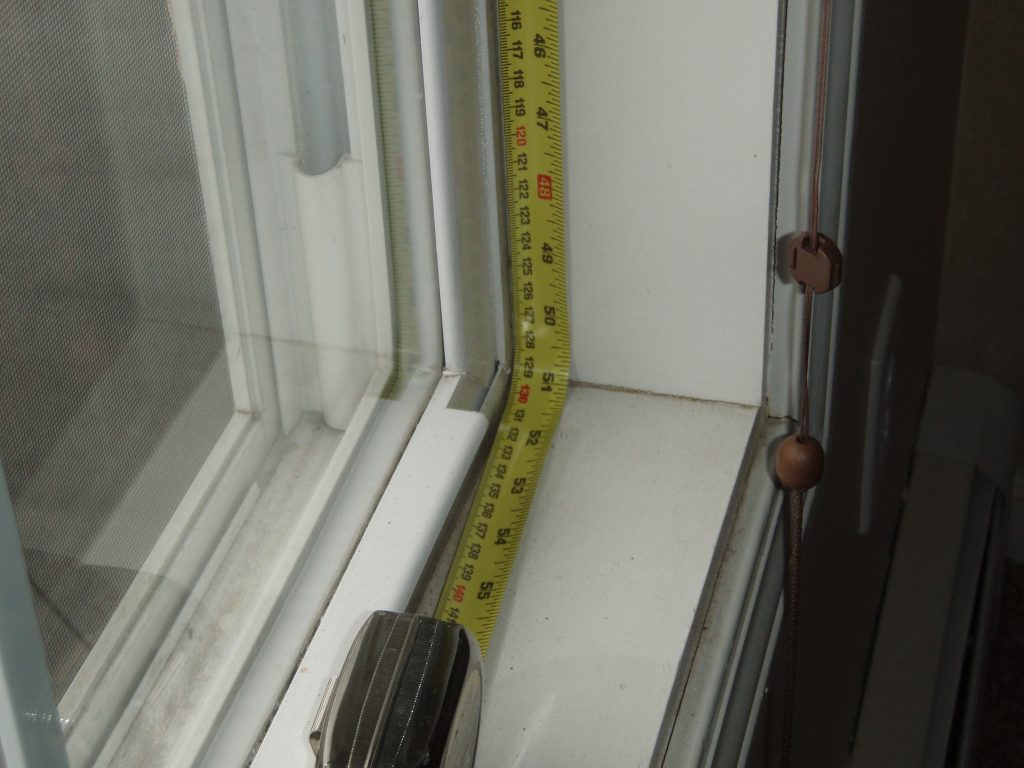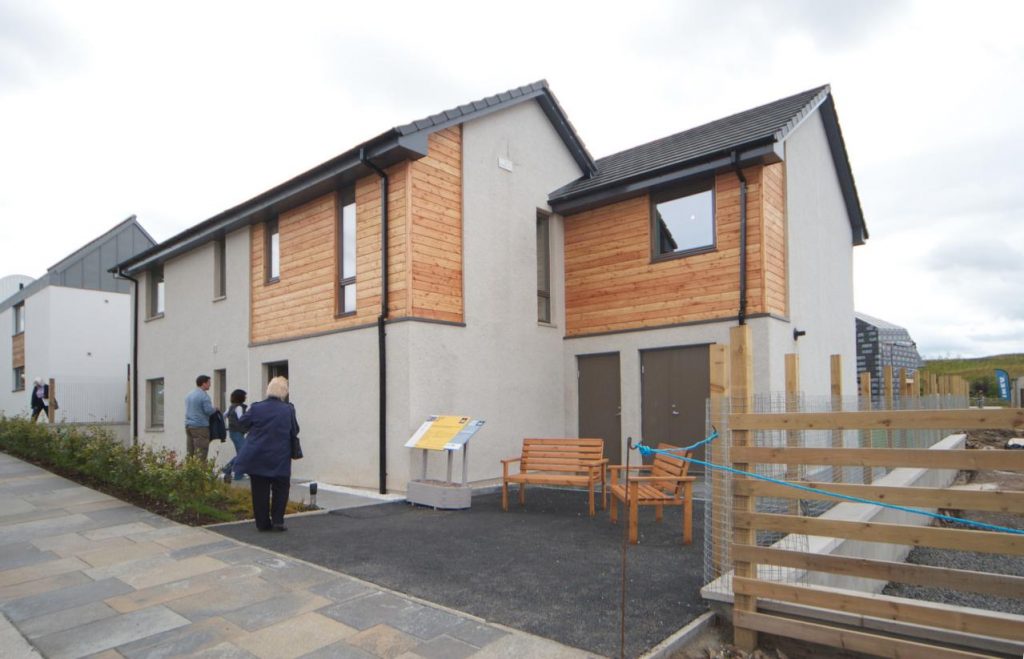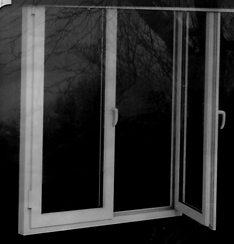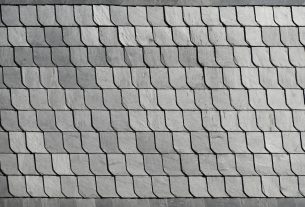Summary
Double Glazing
– Double glazing: the essential!
– Double glazing with reinforced insulation
Triple glazing
– Thermal and acoustic performance of triple glazing
– Advantages of triple glazing
– Disadvantages of triple glazing
– Triple glazing: what use is it for?
Double Glazing
In renovation as well as in construction, double glazing is the essential element for sound insulation.
Double glazing: the essential!

The double glazing is composed of 2 panes of glass spaced by a blade of air, argon or krypton. It is this blade that gives all its performance to double glazing.
The advantages of double glazing:
– the air or gas trapped between the two panes of glass is an excellent insulator;
– no condensation on the glass panes;
– no cold sensation to the touch;
– sound insulation of the rooms (opt for asymmetrical double glazing: one of the two panes of glass with a thickness of 10 mm)
The double glazing with reinforced insulation
For good thermal insulation, you should choose glazing with an insulation coefficient Ug less than or equal to 2.
For this, ideally, choose double glazing with reinforced insulation:
– It has an insulating capacity 4 times greater than that of single glazing and 2 or 3 times greater than conventional double glazing.
– A thin transparent layer, of silver, is deposited on a wall: this is very poorly conductive and limits heat transfer to the outside.
Triple glazing

The ideal solution for the thermal insulation of low-energy or passive houses!
It is estimated that windows are responsible for 10 to 15% of a home’s heat loss. Triple glazing has now become essential to remedy this.
The thermal and acoustic performance of triple glazing
The triple glazing is composed of 3 panes of glass spaced by 2 blades filled with air, argon or krypton. This assembly gives it an excellent thermal performance.
It is necessary to compare the coefficient of thermal transmittance noted Ug to differentiate this from double glazing. The lower the Ug value, the better the thermal insulation.
Usually, the recommendation of the thermal regulation is Ug less than or equal to 2.
For example:
– double glazing 4/16/4 + argon: Ug = 1.1
– triple air gap glazing: Ug = 1
– triple glazing with argon slats: Ug = 0.8
– triple glazing with krypton blades = 0,6
However, triple glazing does not offer any significant improvement over conventional double glazing in terms of sound insulation. The most effective remains asymmetrical double glazing.
Advantages of triple glazing
– excellent thermal insulation: low heat loss ;
– captures little of the sun’s heat: comfortable in summer;
– significant reduction of heating in the case of a passive house.
Disadvantages of triple glazing
– very heavy glazing :
◦ 30 kg/m2 against 20 for double glazing;
◦ generally involves the change of the frame and joinery, therefore a high additional cost;
– transmission of daylight is relatively low;
– captures little of the sun’s heat: uncomfortable in winter;
– acoustic insulation less good than double glazing;
– expensive to purchase: 50 to 80% more than double glazing with reinforced insulation.
Triple glazing: what is it used for?
Before considering the installation of triple glazing, it is advisable to have an energy assessment carried out for your home. Indeed, without good prior insulation (walls, roofs, etc.), triple glazing is a superfluous investment.
Indeed, triple glazing is not very interesting for houses with “classic” insulation. The energy savings are derisory with the investment and compared to high-performance double glazing.
Triple glazing is particularly useful in shallow energy consumption houses such as passive houses. It can then make it possible to significantly lower the heating, or even to do without it altogether.
In all cases, triple glazing is preferable for walls with little sunlight, facing north or east and in cold regions.
Where can you find professional glazing services in Eltham?
If you are looking for glazing solutions, ELTHAM GLASS is the name to remember for:



